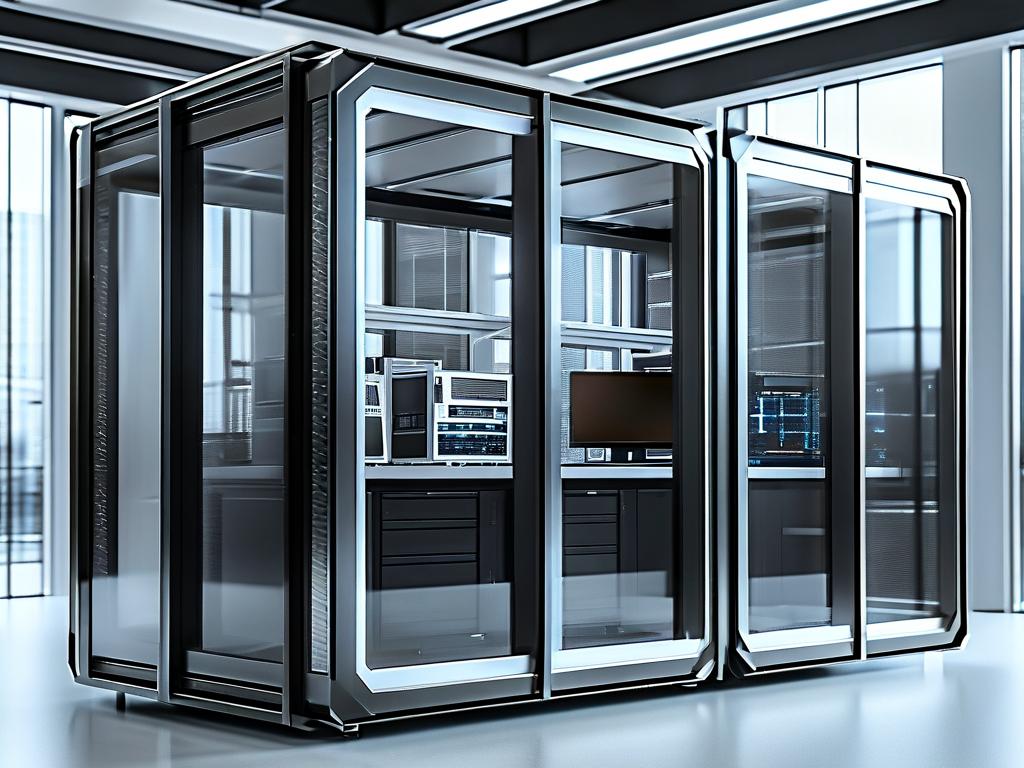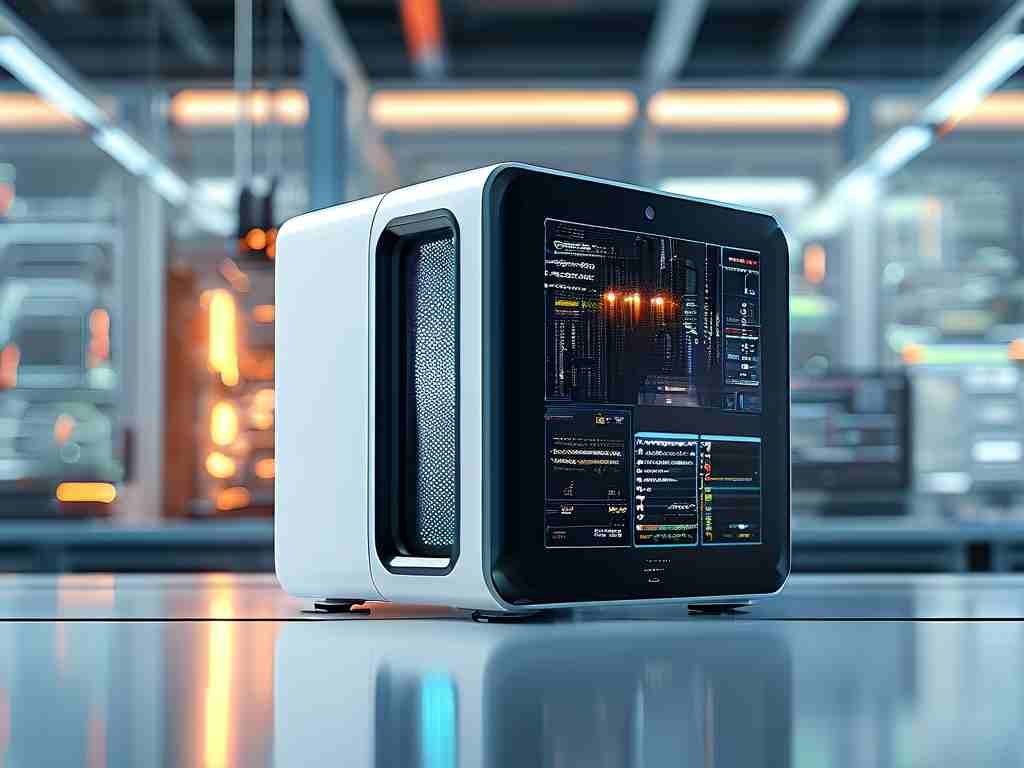In modern industrial automation, embedded development cabinets have emerged as critical infrastructure components. These specialized enclosures house complex electronic systems that control machinery, process data, and enable real-time communication across manufacturing environments. Unlike standard server racks, embedded cabinets prioritize ruggedness, thermal efficiency, and space optimization to withstand harsh operational conditions.

Design Philosophy
A typical embedded development cabinet integrates three core layers:
- Hardware layer: Custom carrier boards with ARM/X86 processors
- Communication layer: Industrial-grade Ethernet switches (e.g., Cisco IE2000 series)
- Power layer: Redundant PSUs with surge protection
Developers often implement failover mechanisms using code snippets like:
def power_monitor(voltage):
if voltage < 10.8:
switch_to_backup()
return system_status
Environmental Adaptation
These cabinets employ IP67-rated enclosures with active cooling systems that maintain temperatures between -40°C to 75°C. A recent case study at a German automotive plant demonstrated 98.6% uptime improvement after migrating to pressurized cabinets with HEPA filtration, eliminating particulate-induced system failures.
Customization Trends
Leading manufacturers now offer modular backplane architectures supporting hot-swappable I/O modules. This design shift allows engineers to reconfigure systems without downtime – a crucial advantage for pharmaceutical production lines requiring frequent batch changes.
Security Considerations
Modern embedded cabinets incorporate hardware security modules (HSMs) for cryptographic operations. A layered defense approach combines:
- TPM 2.0 chips for secure boot
- Encrypted VLAN segmentation
- Physical tamper switches triggering data wipe
Energy Efficiency
Advanced power distribution units (PDUs) with dynamic load balancing can reduce energy consumption by up to 40%. Some implementations use machine learning algorithms to predict power needs based on historical operational patterns.
Maintenance Paradigms
The industry is transitioning from scheduled maintenance to condition-based approaches. Vibration sensors and thermal imaging cameras feed data to predictive analytics platforms, enabling repairs before failures occur. A major oil refinery reported 62% reduction in emergency maintenance calls after implementing such systems.
Regulatory Compliance
Embedded cabinets must meet multiple certifications including:
- UL 60950-1 for IT equipment
- ATEX Directive 2014/34/EU for explosive environments
- IEC 61850-3 for power utility applications
Future Directions
Emerging technologies like liquid immersion cooling and graphene-based thermal interfaces promise to revolutionize cabinet designs. Researchers at MIT recently demonstrated a prototype cabinet using phase-change materials that cuts cooling energy demands by 73%.
For developers working on cabinet-based systems, two best practices stand out:
- Always allocate 20% spare capacity for future expansions
- Implement standardized cable labeling schemes from initial deployment
As industries embrace Industry 4.0, embedded development cabinets will continue evolving from passive containers to intelligent edge computing nodes – a transformation reshaping industrial automation landscapes worldwide.









